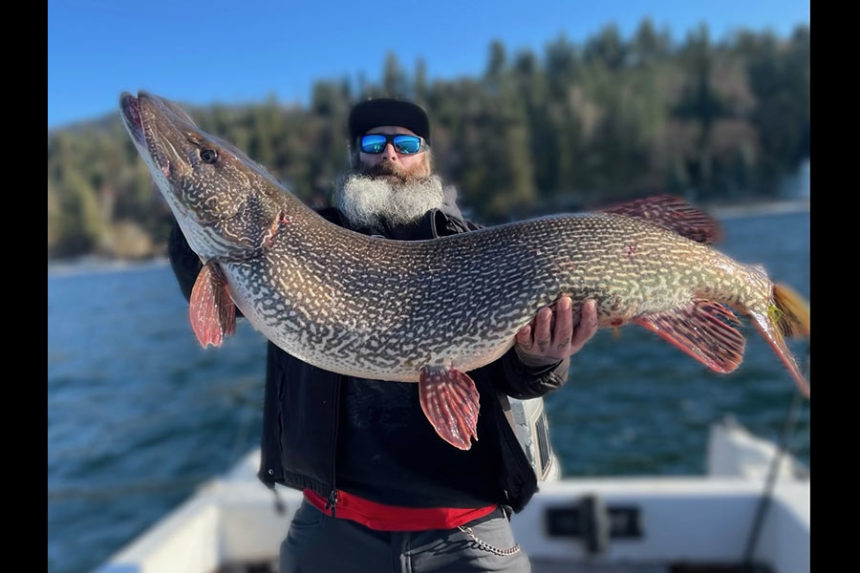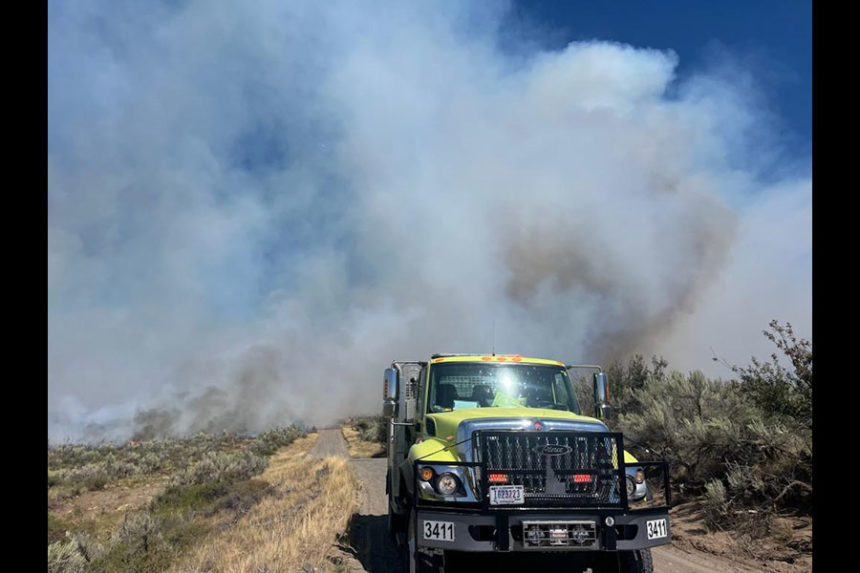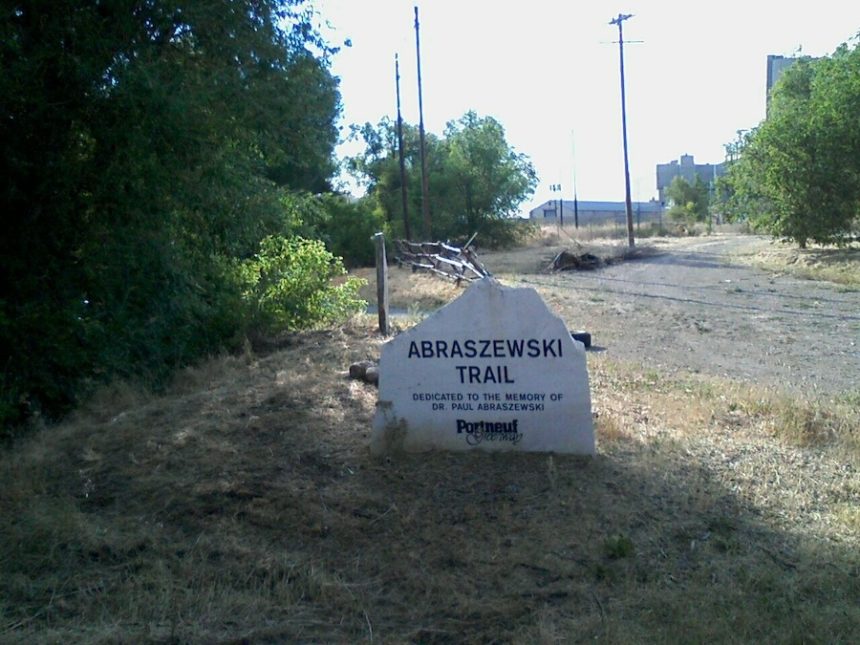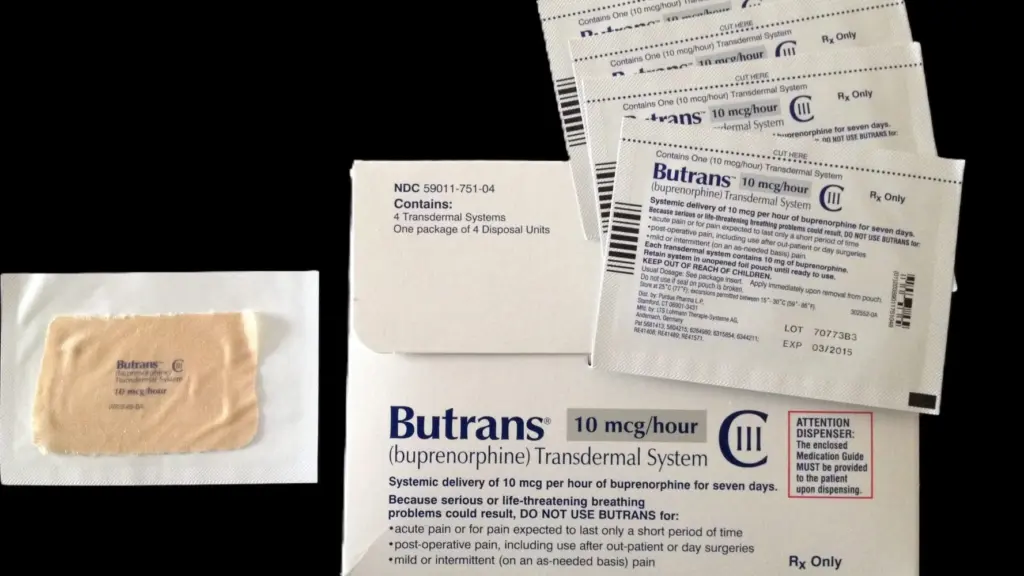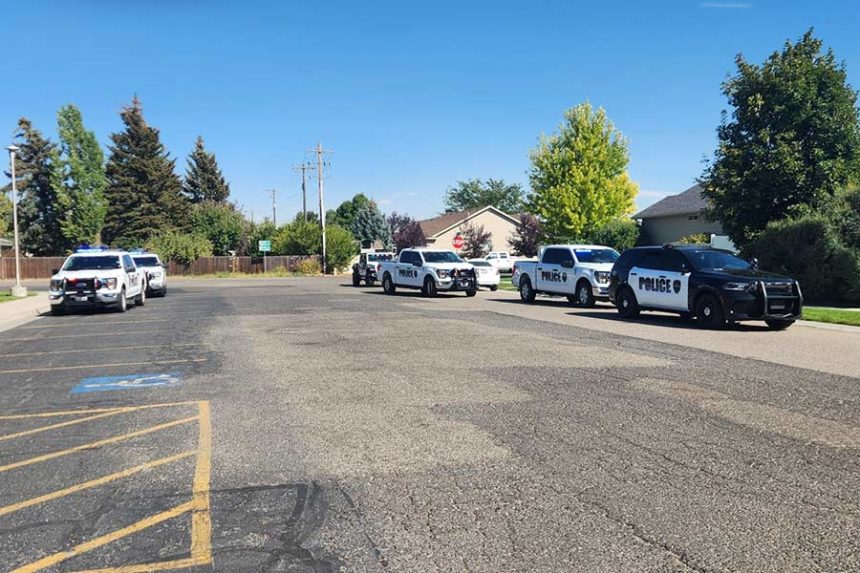The Idaho Department of Fish and Game provided the news release and image below.
IDAHO GOES DOWN When you apply the popular saying “plenty of fish in the seas” to lakes, reservoirs, streams, and creeks, you end up with Idaho. Especially around this time of year, there are a lot of fish swimming around Idaho and they are hot on the tailfins of devoted fishermen.
A few of those fishermen are determined to catch the largest fish in order to maybe have their names added to the Idaho Fish and Game record books. Lady Luck simply bestows blessings on others.
This story is for you if you’re one of those fisherman.
Hauling up a huge, gilded monster from the deep depths is one of the most exhilarating thrills one can have. We are surrounded with arenas, which include rivers, lakes, reservoirs, and even neighborhood ponds. Fish and Game’s Record Fishrecord books offer an up-to-date account where anglers can submit a potential record capture and learn where their predecessors have previously pulled up some scale-tipping lunkers. Idaho is recognized for producing enormous fish.
(In addition, if you want to go back in time and read about the biggest fish stories of 2023 and 2024, you may do so here and here.)
The two types of fishing records in Idaho are certified weight and catch-and-release.
The fish is returned back to its natural habitat, and catch-and-release records are taken, as you may have predicted. On a certified weight scale, certified-weight records are evaluated in the conventional manner.
However, there are several crucial guidelines that accompany every program:
- Only fish caught in publicly accessible waters with legal fishing methods during an open season are eligible for state records.
- All applicants must have a valid Idaho fishing license at the time the fish was caught.
- No records will be awarded for fish caught during salvage seasons or at private pay-to-fish facilities.
- No records will be awarded for fish caught with nets or traps.
How to Apply for a Catch-and-Release Record
Every applicant needs to send in a completed Record Fish Application Form along with any necessary photos. You can fill out this form online or download it from our website here.
- Fish must be released alive. (See tips on safely releasing fish in the Fishing Rules booklet.)
- Steelhead, ocean-run salmon, bull trout, and white sturgeon submitted for records must be measured and photographed in the water.
- Catch-and-release records are based only on the total length (snout to tip of tail) for fish released alive.
- Fish must be photographed directly next to a ruler/tape or an object of known verifiable length.
- New catch-and-release white sturgeon records must be broken by a minimum of 2 inches.
- Catch-and-release records for all other species must be broken by a minimum of inch.
- Fish within inch of the current record will be recognized as a tied record.
- All applications must be submitted within 30 days of the catch date.
How to Apply for Certified Weight Records
For legal unprotected nongame species, records will be given for fish obtained by archery/spearfish or by angling (rod/reel). Records of bow and spear fishing shall be entered individually on the application form, with the angler’s name on it. Fish captured at private pay-to-fish facilities or during salvage seasons will not receive records.
Visit the Record Fish page of the Idaho Fish and Game Department for a comprehensive set of rules and regulations that apply to both certified-weight and catch-and-release records.
